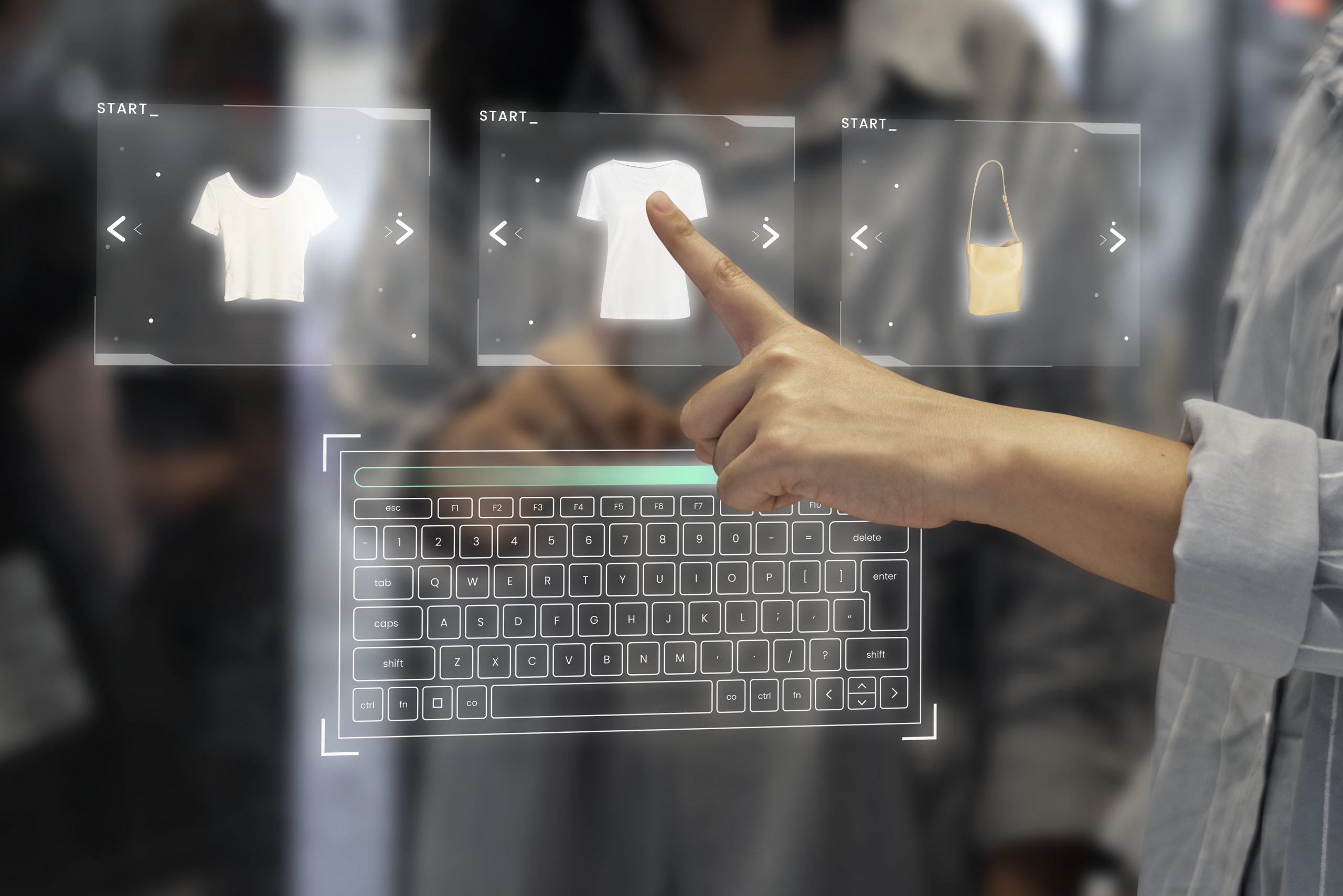It’s no secret that traditional retail B2C and B2B transactions are undergoing a profound shift. How consumers shop has changed drastically over the past few years, with omnichannel systems rising in importance. Consumers expect more touchpoints and less friction. So, retailers must learn how to deliver an entirely seamless shopping experience – across channels, including eCommerce. Here’s what you have to know about the latest trends in the retail industry now that we’re in the age of Financial Tech.

Digital Commerce
Since the wave of financial digitalization, most companies have also switched to using online marketplaces. These platforms help their brands to showcase their products and services easily. The emergence of e-wallets, online banking systems, and different online payment channels have brought more attention to buyers to conduct business and personal purchases online. While there are still countless brick-and-mortar stores worldwide, the volume of online purchases has no signs of slowing down.
Some of the trends in Digital Commerce include…
AI-Generated Advertising
Most social media platforms make use of artificial intelligence for their algorithm. This is how they push relevant content that users would like to interact with, often including advertisements. In a study conducted by AdExchanger, digital advertising on a global scale is expected to reach $517.51 billion, with 80% of it generated by artificial intelligence.
AI-Generated Advertising is becoming more known since it uses cookies to identify what people want to buy. These include services that might help them with buyers’ personal needs. One example of this is when you see an advertisement on your mobile device through social media, and it’s related to your recent searches.
According to a study conducted by Adobe in 2018, over 75% of users have AI-enabled devices. AI-Generated advertisements are also utilized by platforms such as eCommerce websites. This system allows users such as procurement teams to be directed to items essential to their supply chain easily. For example, if your company needs office chairs; the AI-Generated ads will whip up the leading results for office chairs and bring them to your screen.
Ethical Consumerism
It is becoming increasingly important for eCommerce retailers to become more sustainable. With consumers becoming more conscious of their purchasing decisions’ impact on the environment and society, ethical consumerism is now a trend in business. Consumer studies have also shown that 66% of global consumers would lean towards paying more for products and services that are sustainably manufactured or distributed.
In an information-heavy society, awareness of consumption habits is becoming more essential, especially for corporations. Some examples of ethical consumerism include using one platform for procurement in business. Another way to support ethical consumerism is by purchasing authentic products directly from manufacturers.
Subscription Services
One of the newly emerging trends within the last five years includes subscription-based eCommerce services. Since individuals and businesses are preoccupied with their priorities, shopping on one platform has offered a new avenue of convenience for individuals, small businesses, and enterprises. The increasing demand for online services has transformed business transactions to conduct their engagements online, including paying for supplies through online payment channels or working on paperwork through one online platform.
Live Shopping
Another booming feature of digital commerce is the emergence of live shopping. People like to be more involved in the community they’re participating in, and this allows them to connect with sellers and buyers alike who conduct live selling. Contrary to popular routine, live selling offers a one-of-a-kind experience in retail. During live shopping, sellers are able to showcase their products or services virtually through video streaming. And since this is broadcasted live, consumers have the urgency to purchase before someone else does. This is most effective for businesses that like to present a demo of their products or services.

Mobile Commerce
By 2024, mobile commerce is estimated to reach $728.28 billion, which makes it take up 44.2% of retail commerce, as reported by Statista. We can’t deny that using mobile devices has already become part of our daily routine. For individuals and businesses alike, using mobile devices contains most of our connection and organization needs. Part of this necessity is our power to use applications and platforms available online.
Mobile Commerce Includes…
- Social Commerce
A subset of eCommerce, Social Commerce is the process of making purchases through social media platforms such as Facebook, Instagram, and TikTok. Each checkout is considered part of the Social Commerce system when retail companies list items or services online, and buyers make a purchase. Promotion and social engagement with this type of commerce are often intended to be under the individual audience. More often than not, bulk purchases are not included in this type of commerce, as small businesses and enterprises prefer using applications or eCommerce platforms.
Mobile Commerce Applications
Most consumers have already transitioned to using digital applications to conduct business, connect, and organize their daily tasks. Over 55% of mobile shoppers use shopping applications in any season. As reported by the Digital Turbine, eCommerce applications now dominate the use of mobile devices. Diving deeper into this information, a 40% increase was observed in shopping engagement since COVID-19, creating a new wave of shopping experience for all mobile users.
Mobile Payment Applications and Channels
Since banks have already joined the bandwagon of technology, online transactions and business engagements have also adopted the use of mobile payment applications and channels. Some of the payment channels available through mobile use are GCash, Maya, PayPal, and bank transfers. According to Statista, in 2024, mobile wallets for online payments are set to rise by 53%, making them worth approximately $350 billion by 2026. Businesses and consumers who adopt this trend can expect more convenience and improved measures brought by the improvements from fintech services.
QR Codes
Looking back, QR codes used to have only a small fraction of consumer use. As technology advanced, in-store retailers and online businesses have adopted the system. This welcomes more customers to transact business using their mobile devices. QR codes are also revolutionizing commerce, catering to a pool of options to pay and transact anywhere and anytime.
Biometric Authentication
For the longest time, we’ve known how vital security is to any system, online and offline. With the rise of technology across the globe, the risk of a security breach, identity theft, and fraud also increases. With this, one of the most impeccable technologies known today is biometric authentication. This is effectively utilized for our financial systems and applications alongside online platforms where we store personal information. From the reports of Statista, the biometric authentication market will also increase up to $68.6 billion by 2025. This makes it an essential feature of online platforms such as eCommerce websites.
Based on the Business Performance Innovation Network reports, traditional companies without biometric authentication systems risk losing their clients. Up to 81% of consumers actively seek platforms that offer biometric authentication on top of traditional security measures. Companies that use this technology are leading the charts as consumers lean towards protecting their security over inexpensive costs of goods and services.
Shoppable Business has subscriptions, mobile payment channels, and QR codes can be seen in the B2B eCommerce platform Shoppable Business. Together, these technologies diversify the flow of client acquisition in the online marketplace. Through this, we can invite more individuals and businesses to become wiser consumers in an ever-changing, financially technological world.

Business-to-business retailing is undergoing a fundamental change every day. Financial institutions and tech firms are major players in this industry, alongside eCommerce platforms. New technologies, applications and an increasing number of touchpoints are redefining the way consumers and enterprises shop and transact. With all these high-tech components, adapting to these changes is vital for businesses to obtain success.









